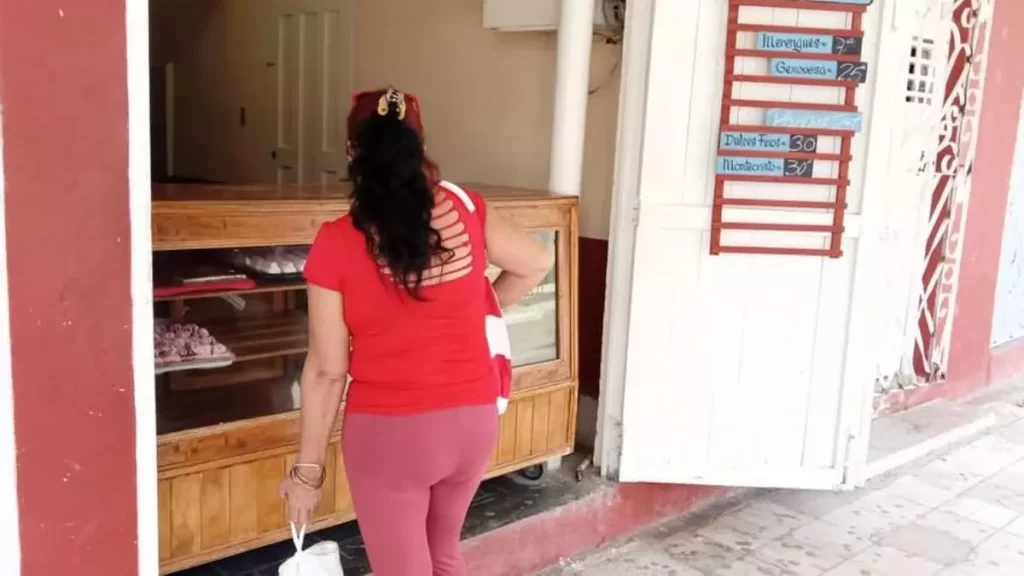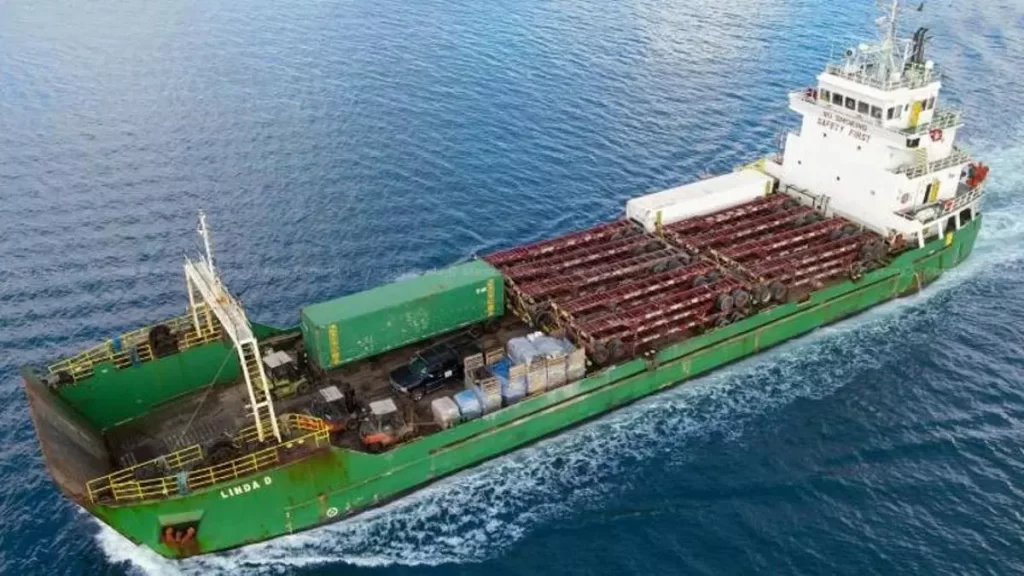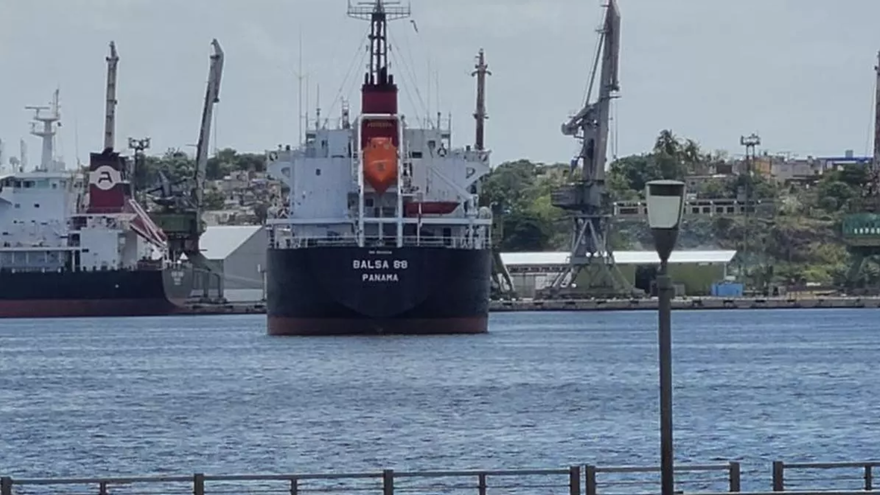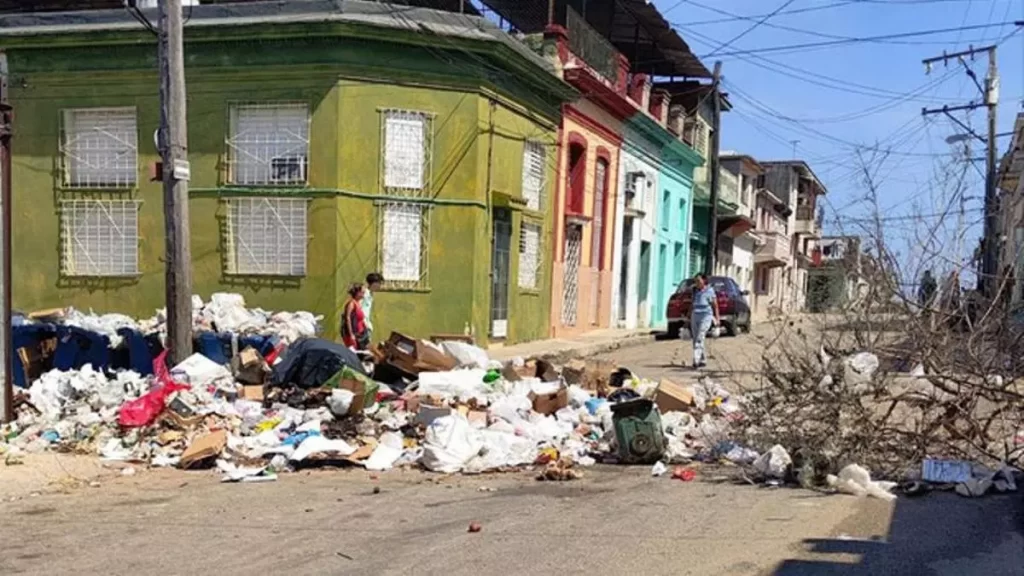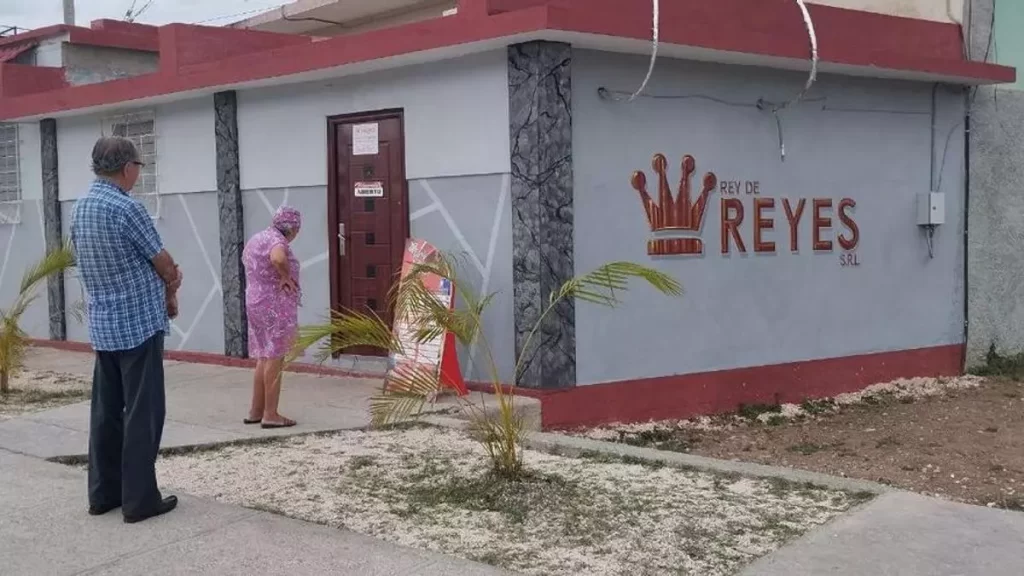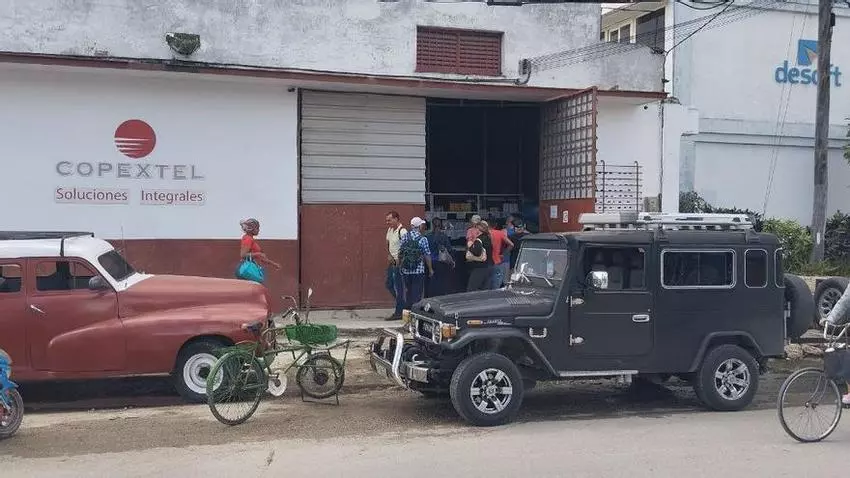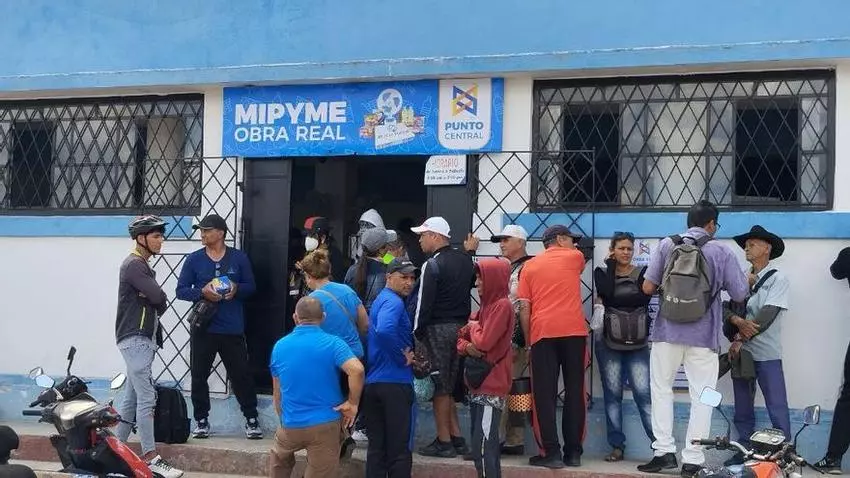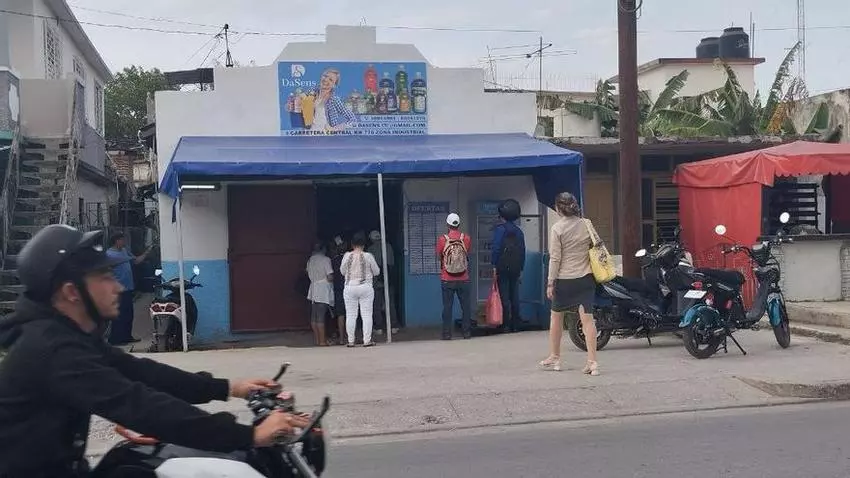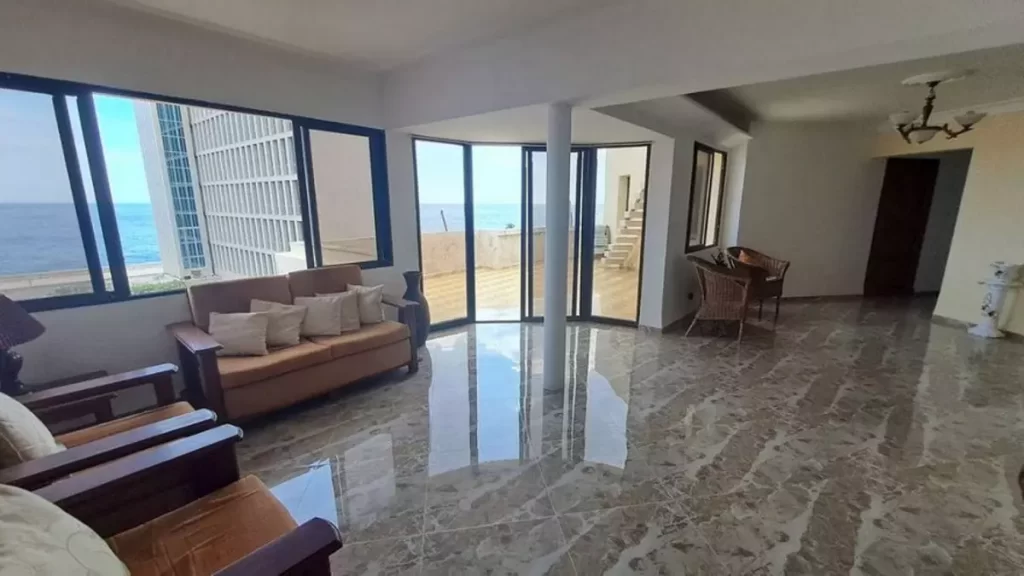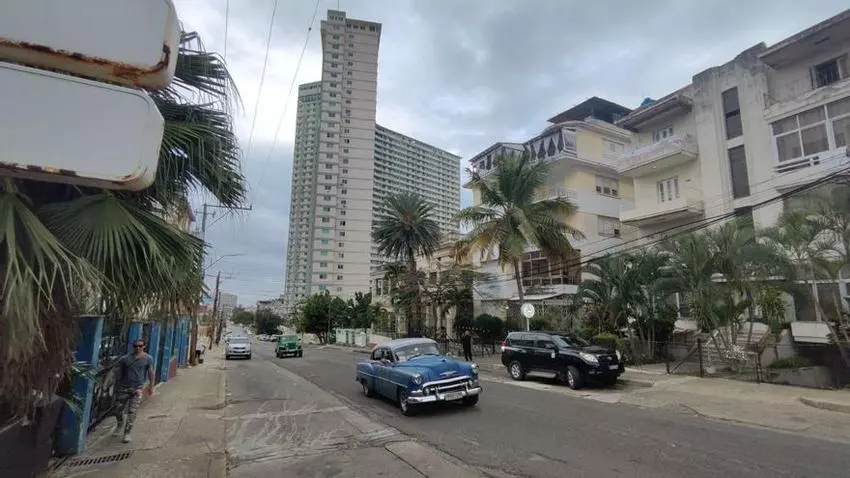This is the case of schools that have become “areas of high incidence of drug use,” says a Public Health official

![]() 14ymedio, Havana, 11 April 2024 — Drug trafficking in Cuba is increasing and tourist enclaves and areas where foreigners pass through – in addition to Havana, due to its population density – are the places where most consumption occurs. The problem, “which is becoming a lifestyle” especially in adolescents and young people, was recognized this Wednesday by the official press.
14ymedio, Havana, 11 April 2024 — Drug trafficking in Cuba is increasing and tourist enclaves and areas where foreigners pass through – in addition to Havana, due to its population density – are the places where most consumption occurs. The problem, “which is becoming a lifestyle” especially in adolescents and young people, was recognized this Wednesday by the official press.
In an interview with the official newspaper Granma, Dr. Alejandro García, director of the Mental Health Center of Central Havana, set off the Public Health alarms: “Increasingly people start consuming earlier. The first experiences are between the ages of 13 and 14, from the ages of 17 and 20 they can become addicted, and at the age of 25 there is an increase in users,” he revealed.
According to official data, the average age for drug use in Cuba, which was 18 in 2022, had dropped to 15 last year.
Regarding the epicenters of drug trafficking, “Havana has always been the city with the most consumption, as have important tourist centers, such as some areas of Santiago de Cuba, Cienfuegos… with a lot of foreigners arriving,” added the director, although he did not explain if it is because tourists are the ones who transport the substances to the Island or if the economic activity that is generated around them promotes these scenarios.
“In addition, there is a high rate of young women who consume drugs and are pregnant. Also (an increase) in polydrug use, because, historically, what was consumed the most in some municipalities of Havana was crack, but in recent times new chemicals have been incorporated that we are sometimes continue reading
For García, the increase in drug use on the Island has clear causes: “The economic situation is having a great impact, for various reasons. First, there has been a decrease in the care groups, there are municipalities that do not have a psychiatrist or anyone who directly cares for the phenomenon of addictions. Furthermore, it is not implemented consistently, and the groups are sometimes weakened or lack personnel,” he adds.
The poor state control over drug circulation also influences consumption “because when trafficking is well controlled, the availability of substances decreases, and consequently the cases,” he warns.
However, the doctor, consistent with the official discourse, expressed a reservation. “I believe that drug use must be confronted harshly, and that, here, it has always been done. People are used to leaving everything in the hands of the State, and it cannot be achieved that way. We have to be active as a society,” he clarifies
This is the case of schools which, García says, have become “areas with a high incidence of drug use.” As he explains, when young people begin to abuse these substances they “begin to have changes in behavior, abandonment of their habits, loss of interest in studying,” something that teachers and directors are trained to detect, he says.
The same happens in pharmacies where, the doctor insists, strict control is maintained over the prescription of psychotropic drugs and narcotics. He also insists that the country has care rooms with treatments that “go far beyond detoxification.”
In three maritime operations, another 37.5 kilograms of cocaine were seized, ten people, Cubans and Mexicans, were arrested
Reluctant to provide numbers, the Government has not made public the data on the increase in drug consumption compared to other years, but this February the General Customs of the Republic reported that, to that date, it had detected 17 smuggling attempts – with 99 kilograms of drugs seized. A significant increase if one takes into account that 55 attempts were detected in all of 2023, which had already been the highest number since 2019.
In three maritime operations, another 37.5 kilograms of cocaine were seized and ten people, Cubans and Mexicans, were arrested. The main countries of origin of these substances are the United States, Suriname, Mexico and Ecuador
An attempt was also made to introduce prohibited medications. “In a recent assessment we were looking at 73,000 tablets they have tried to bring into the country,” the authorities said then.
Likewise, in November of last year the Supreme Court announced that to date almost 700 people had been sentenced for drug trafficking, 92% of them with prison sentences. The Penal Code, however, allows up to the death penalty for this type of crime.
The authorities also revealed then that the most consumed substance on the Island is marijuana, accompanied since 2011 by a worrying increase in the abuse of synthetic cannabinoids. This is the case of the químico, to which this newspaper dedicated a report due to its extensive consumption in the capital, especially in the park known as El Curita, where the Police carried out anti-drug operations this February.
____________
COLLABORATE WITH OUR WORK: The 14ymedio team is committed to practicing serious journalism that reflects Cuba’s reality in all its depth. Thank you for joining us on this long journey. We invite you to continue supporting us by becoming a member of 14ymedio now. Together we can continue transforming journalism in Cuba.



